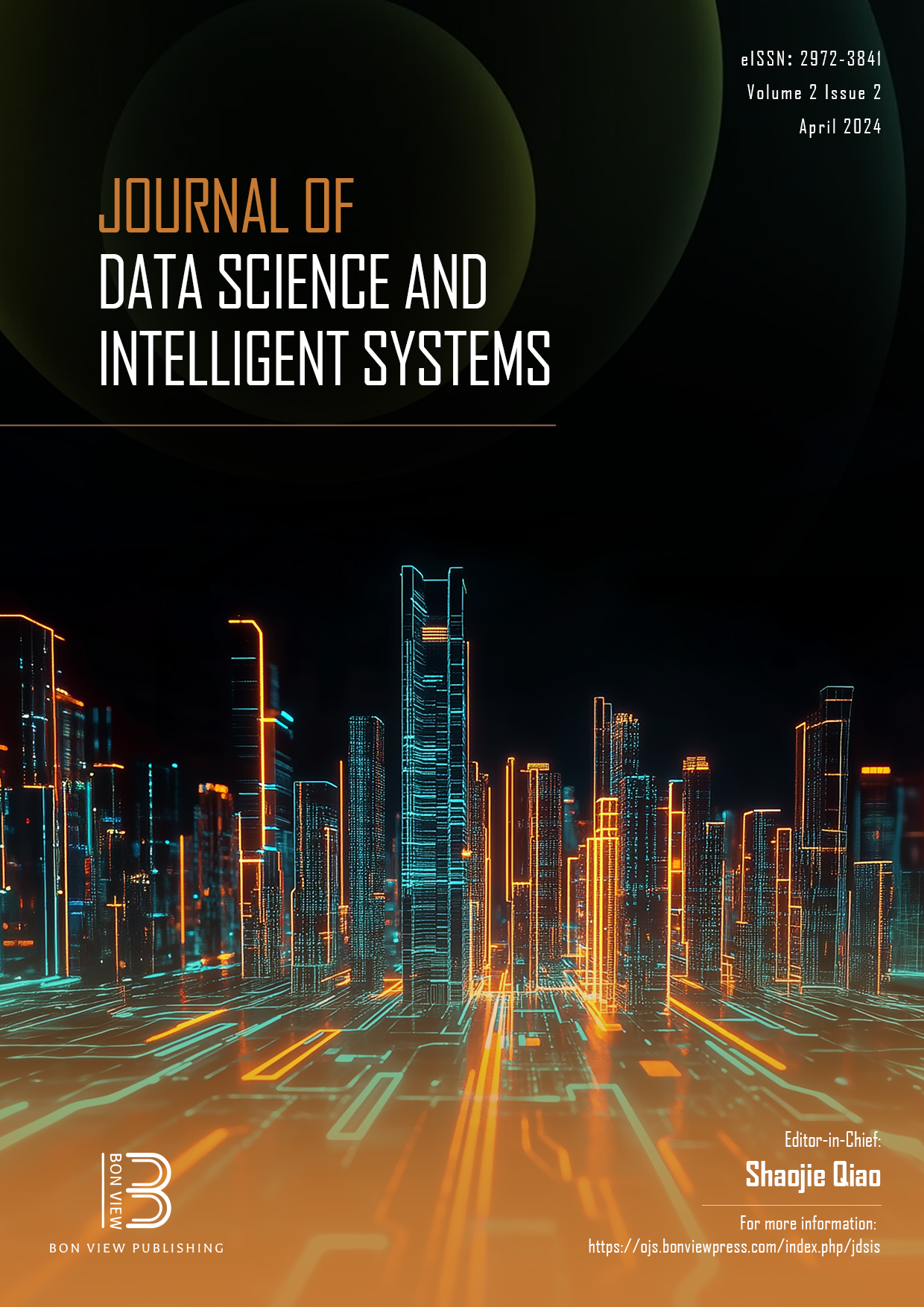A Study of the Effects of the Shape Parameter and Type of Data Points Locations on the Accuracy of the Hermite-Based Symmetric Approach Using Positive Definite Radial Kernels
DOI:
https://doi.org/10.47852/bonviewJDSIS32021260Keywords:
radial kernel, shape parameter, positive definite, uniformly spaced data points, scattered data points, Chebyshev's data pointsAbstract
Theoretical approximation ideas served as the driving force behind the research. one can see that the shape parameter's behavior is driven by the kind of problem and the analytical standards that are applied. the primary issue here is not just how it impacts the interpolant's accuracy but also how quickly it converges, or how quickly the error reduces as the number of data nodes rises. Hence, this article considers two globally supported and positive radial kernels and three different patterns of data point locations on the same computational domain. The research specifically studied the effects of the shape parameter and the type of data points locations on the accurate performance of an Hermite-based symmetric approach. The two-dimensional Helmholtz equation and the two-dimensional Poisson equation were used as test functions. The problems were first solved on the three different types of data point locations using linear Laguerre-Gaussians and then, the linear Matern. In each case, the graph of the error against the shape parameter was drawn to enable easy identification of the optimal value of the shape parameter. One important result indicated that, an improved accuracy cannot be achieved without the appropriate value of the shape parameter irrespective of the type of data site used.
Received: 22 June 2023 | Revised: 14 August 2023 | Accepted: 23 August 2023
Conflicts of Interest
The authors declare that they have no conflicts of interest to this work.
Data Availability Statement
Data available on request from the corresponding author upon reasonable request.
Downloads
Published
Issue
Section
License
Copyright (c) 2023 Authors

This work is licensed under a Creative Commons Attribution 4.0 International License.


